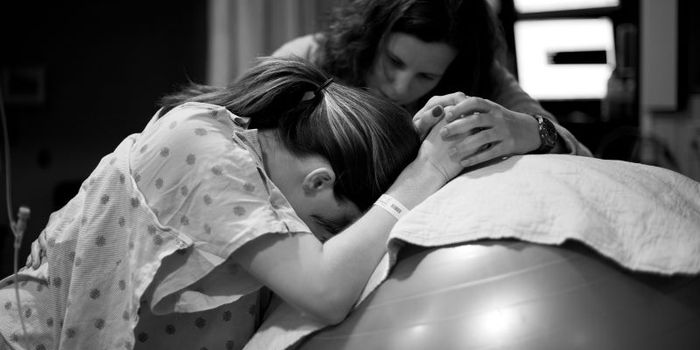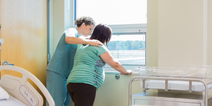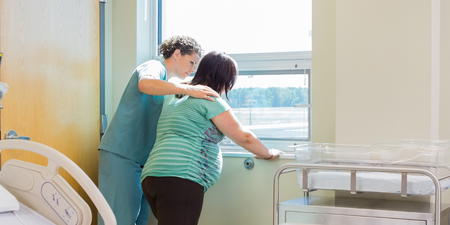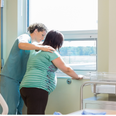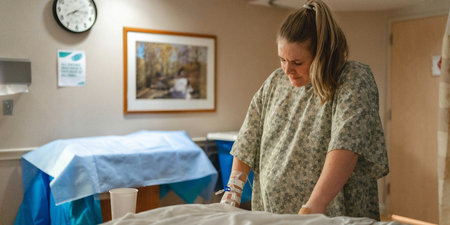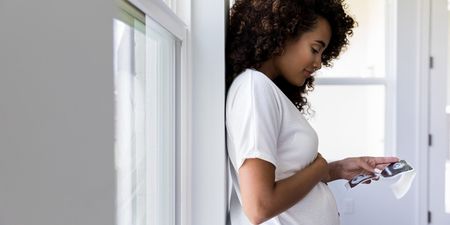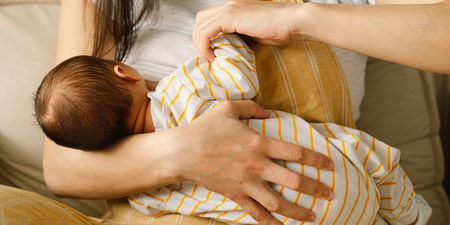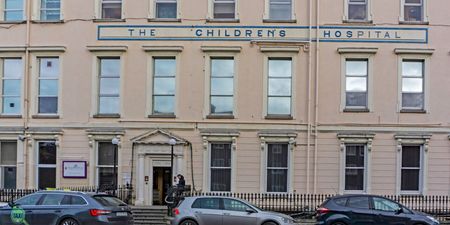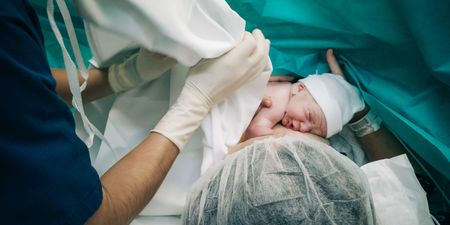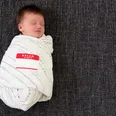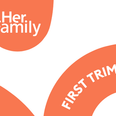Earlier today the results of a new study by the Economic and Social Research Institute (ESRI), UCD and Trinity College Dublin revealed that the number of births delivered by caesarean section (C-section), has increased fourfold in Ireland over the past 30 years.
First and most importantly, the increase in C-sections is an important and major reason why mortality rates for both mum and baby during pregnancy and labour are a fraction of what they were in the past.
But while increases in C-sections are evident across other OECD countries too, the rise is sharper in Ireland, a trend being put down to the increasing average age of mothers, which has also risen steadily over the past two decades.
Increasing maternal age (and the added health complications that often brings) is happening all over Europe and other first world countries, but why is there such a discrepancy in numbers of C-sections performed between these countries? In The Netherlands, for instance, the number of women giving birth by C-section is 50 percent less than here in Ireland. The figures are similar for the Scandinavian countries. In Norway, 15,8 percent of births every year are done by C-section, and those numbers are almost identical for Sweden and Denmark too.
“It’s far too easy to just put the increase in C-sections down to mother’s age and weight,” explains hypnobirthing expert Emily McElarney.
“What we see in other countries where there is a higher number of women having natural, vaginal deliveries is that there has been investments made into more midwife lead maternal care, and, often, less unnecessary inductions of labour.”
And while McElarney thinks we are slowly seeing an improvement of midwife lead births and birthing options, there is still a long way to go.
“The lovely birthing suite at the Coombe is brilliant; we need to see more of these in maternity units across the country. As well as giving more low-risk pregnant women the opportunity to labour and birth at home and not in a hospital”
The hypnobirthing teacher thinks a problem often happening – and that can ultimately lead to a C-section – is that mothers are not allowed enough time to go into labour naturally and get through labour without being induced. “This often leads to what we call a cascade of intervention, which we over and over again see ending with a section having to be performed,” says McElarney.
“Instead, what we need to see, are investments being made into our amazingly qualified midwives being there to support expectant mothers and encourage them both through their pregnancies and during labour.”
In fact, many studies have found that midwife-led care is just as safe or indeed safer then consultant-led care for women with low-risk pregnancies, and that these births inevitably involved fewer interventions.
Being under midwife-led care means you also have less chance of taking an epidural, and therefore less chance of needing forceps or vacuum delivery. “If your midwife feels you can do it, she will encourage you all the way.”
And while McElarney is quick to point out that C-sections are a lifesaving and important procedure, she also thinks we need to put more effort into talking about birth in positive terms and encourage mums to believe they can do this.
“I often compare pregnancy and birth to a marathon,” McElarney explains. “And it is a marathon, not a sprint. What you need is someone backing the mother up, telling her she can do this, from before she is even at the starting line. And empower her throughout her pregnancy and labour.”
Did YOU opt for midwife lead care? How did you find it? Did YOU feel you had a positive experience of labour and birth? If not, why? What could have made it different? Let us know in the comments or send me an e-mail at trine.jensen@herfamily.ie
